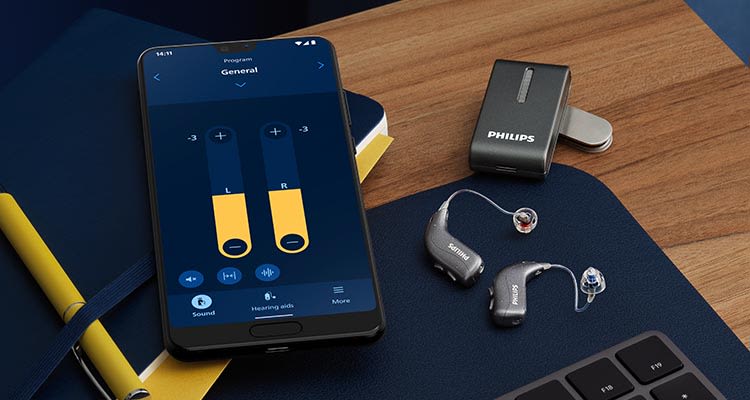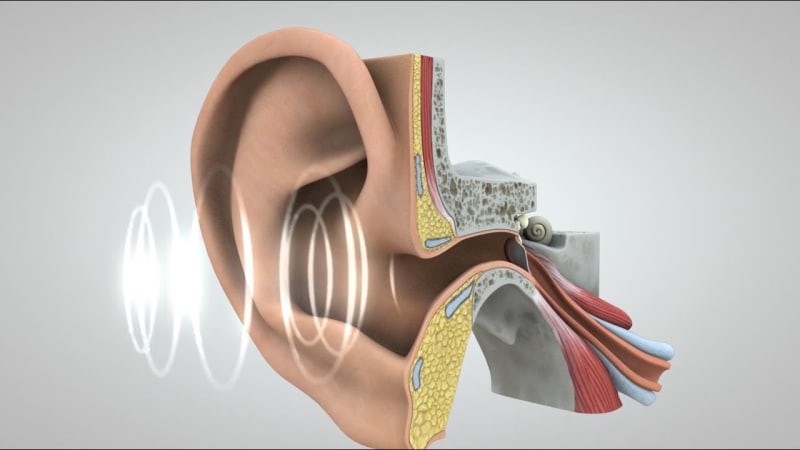
The first step in adapting to hearing aids is to educate yourself about your hearing loss and how hearing aids work. Consult with your audiologist to understand your specific type and degree of hearing loss and discuss the hearing aid options that best suit your needs. Familiarize yourself with the different features of your hearing aids and learn how to adjust settings based on different listening environments.
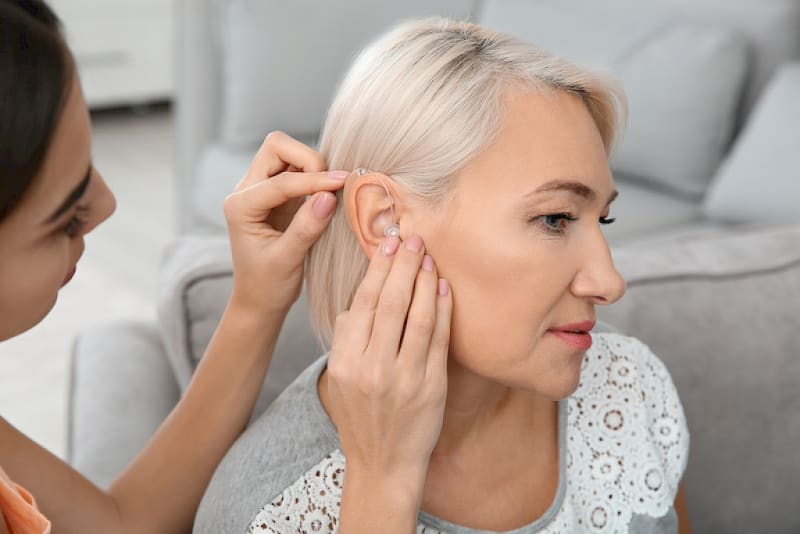
When you first start using hearing aids, your brain may be overwhelmed by the sudden influx of sounds it hasn't processed for a while. To make the transition smoother, start by wearing your hearing aids for short periods in quieter environments, gradually increasing the time and introducing more complex sound environments. This will help your brain acclimate to the amplified sounds without feeling overwhelmed.

Wearing your hearing aids consistently is essential for successful adaptation. Initially, you might be tempted to take them off when the sounds seem uncomfortable or foreign, but doing so will only prolong the adjustment period. Commit to wearing your hearing aids every day, even if it's for short durations, and gradually increase the wearing time as you become more accustomed to the amplified sounds.
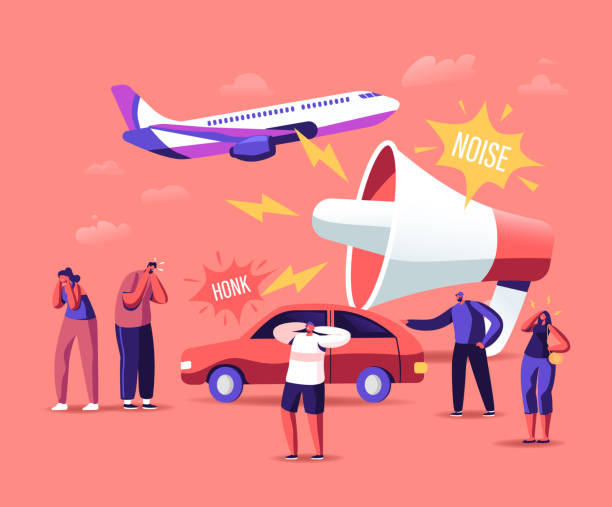
Noisy and crowded environments can be challenging for anyone, let alone someone getting used to hearing aids. Try to avoid such environments during the initial adjustment period. Instead, focus on wearing your hearing aids in quieter settings like your home or small gatherings with familiar people. As you gain confidence, gradually expose yourself to more complex listening environments.
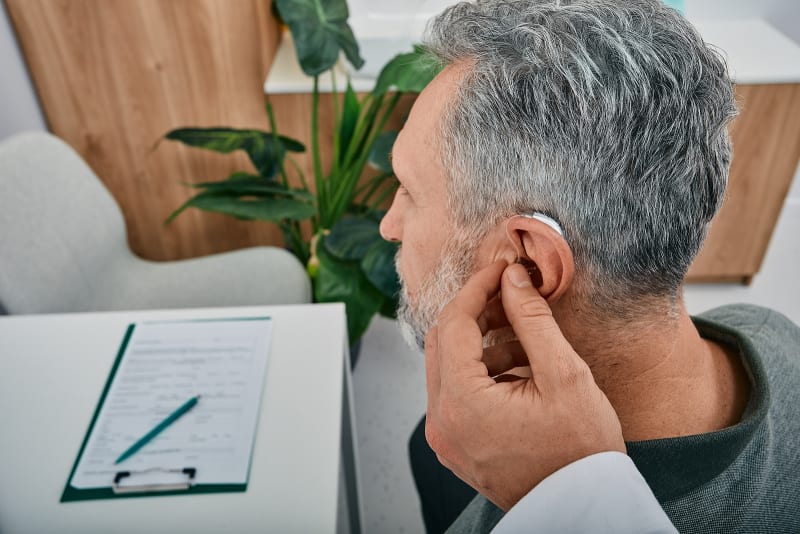
Having support from friends, family, or support groups can make a significant difference in your journey of adapting to hearing aids. Talk to your loved ones about your experience and let them know how they can help. Joining a support group with individuals going through a similar experience can provide valuable insights, tips, and emotional encouragement.
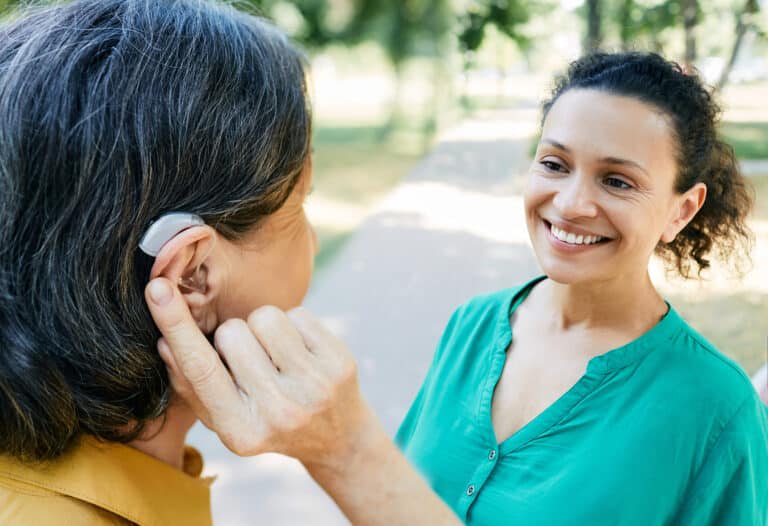
Relearning how to communicate effectively with hearing aids is essential. Engage in one-on-one conversations with close friends or family members in quiet settings to practice understanding different speech patterns. As you become more comfortable, challenge yourself with group conversations or listening to audio with the help of your hearing aids.

Visual cues can be incredibly helpful when you're adapting to hearing aids. While engaging in conversations, pay attention to the speaker's facial expressions, gestures, and body language, as these can provide valuable context to complement what you hear. Additionally, watching the speaker's lips can enhance speech understanding.
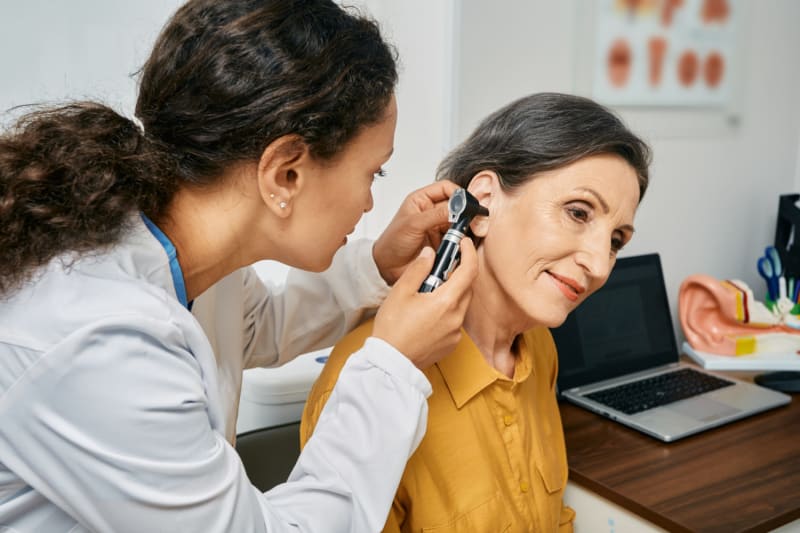
Keep in touch with your audiologist throughout the adaptation process. Regular check-ups will allow them to monitor your progress and make any necessary adjustments to your hearing aids. They can also address any concerns or questions you might have, ensuring that you get the best possible experience with your new hearing aids and hearing aid supplies.

Active listening involves being fully present and engaged in a conversation. Focus on the speaker's words, tone, and emotions. Avoid distractions and practice good listening habits. With time and practice, your brain will become more adept at processing sounds with the help of your hearing aids.

Adapting to new hearing aids can be challenging, but it's crucial to stay positive throughout the process. Be kind to yourself and remember that you're taking important steps to improve your life and communication. Celebrate your progress, no matter how small, and don't get discouraged by setbacks.
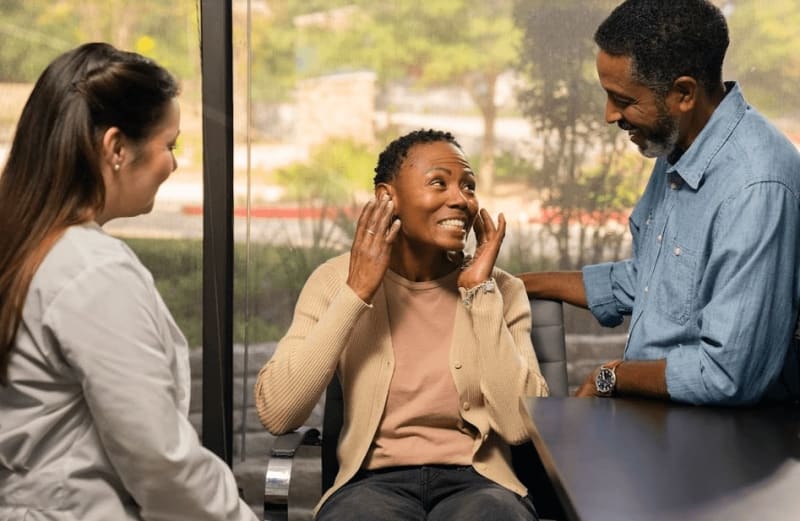
 1 - Education and Understanding
1 - Education and Understanding 2 - Gradual Introduction
2 - Gradual Introduction 3 - Consistency is Key
3 - Consistency is Key 4 - Avoid Noisy Environments at First
4 - Avoid Noisy Environments at First 5 - Seek Support
5 - Seek Support 6 - Communication Practice
6 - Communication Practice 7 - Use Visual Cues
7 - Use Visual Cues 8 - Patience and Positivity
8 - Patience and Positivity 9 - Regular Check-ups with Your Audiologist
9 - Regular Check-ups with Your Audiologist 10 - Practice Active Listening
10 - Practice Active Listening 11 - Use Hearing Aid Accessories
11 - Use Hearing Aid Accessories 12 - Stay Positive and Be Kind to Yourself
12 - Stay Positive and Be Kind to Yourself
